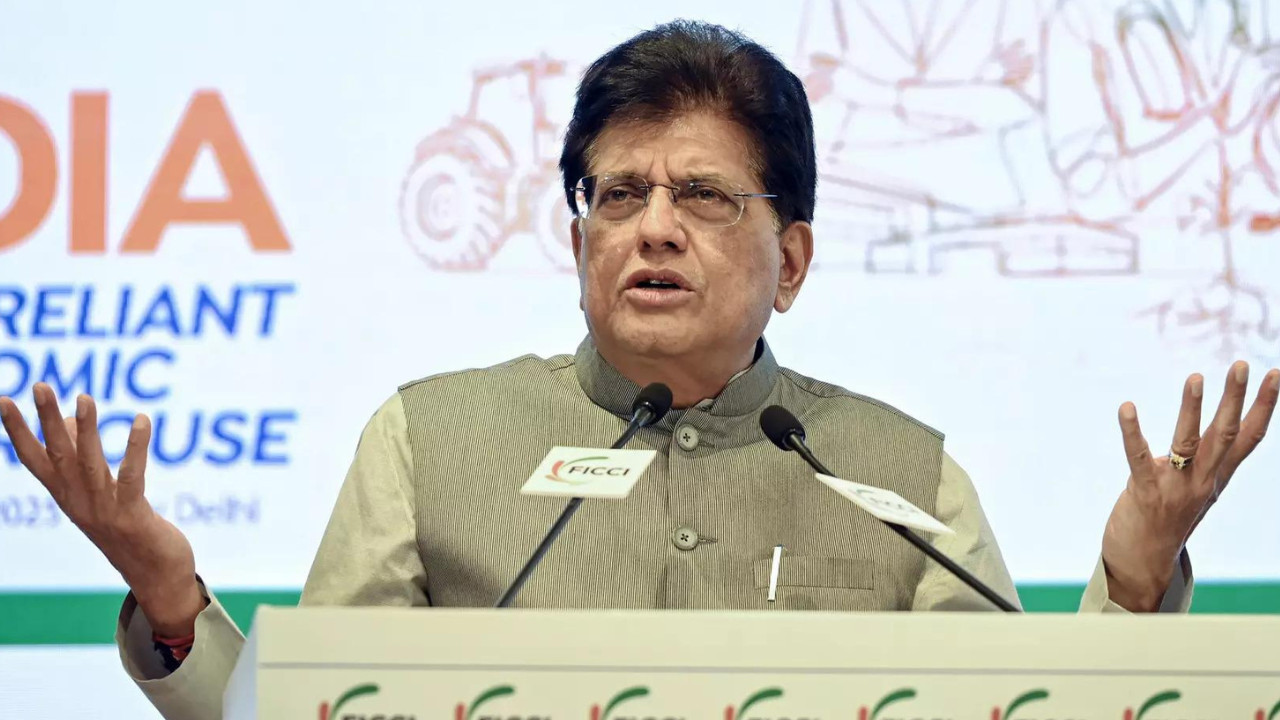India’s electronics exports have surged, marking a 47% increase in the first quarter of FY26, reaching $12.4 billion. Union Minister Piyush Goyal highlighted this as a success of the ‘Make in India’ initiative, which has boosted electronics production from $31 billion to $133 billion in a decade.
India’s Electronics Exports Surge: A ‘Make in India’ Triumph
Something remarkable is happening in India’s manufacturing landscape. The air crackles with innovation, production lines hum with renewed vigor, and a confident “Made in India” stamp is finding its way onto more and more electronic devices destined for global markets. The latest figures paint a compelling picture: a stunning 47% jump in electronics exports during the first quarter of the fiscal year. This isn’t just a blip on the radar; it’s a powerful indication of a seismic shift in India’s economic trajectory.
What’s fueling this remarkable growth? A confluence of factors, certainly, but at its heart lies the ambitious and strategically vital “Make in India” initiative. This program, launched several years ago, has been instrumental in attracting foreign investment, nurturing domestic manufacturing capabilities, and creating a supportive ecosystem for electronics production. The results speak for themselves.
Mobile Manufacturing: A Shining Example
Perhaps the most compelling success story within the broader electronics boom is the remarkable transformation of India’s mobile phone manufacturing sector. Once heavily reliant on imports, India now domestically produces a staggering 99% of the mobile phones sold within its borders. This isn’t just about assembly; it’s about building a robust and increasingly sophisticated supply chain, fostering innovation in design, and creating high-skilled jobs.

The impact is profound. Not only has it reduced India’s dependence on foreign suppliers, but it has also positioned the country as a major player in the global mobile phone market. This success story is attracting further investment in related industries, from component manufacturing to software development, creating a virtuous cycle of growth and innovation.
Diversifying the Electronics Export Basket
While mobile phones are undoubtedly a key driver of the electronics export surge, the “Make in India” program is fostering diversification across the sector. From consumer electronics to industrial components, Indian manufacturers are expanding their capabilities and targeting new markets. This diversification is crucial for long-term sustainability, making the sector more resilient to fluctuations in demand and technological shifts.
We’re seeing increased investment in research and development, leading to the creation of innovative products tailored to both domestic and international needs. Indian companies are no longer just assembling imported components; they are designing, developing, and manufacturing cutting-edge electronics that can compete on a global stage. This shift is a testament to the growing technical expertise and entrepreneurial spirit within the Indian manufacturing sector.
The Road Ahead: Challenges and Opportunities
Of course, the journey is far from over. While the progress made is impressive, there are still significant challenges to overcome. Continued investment in infrastructure, particularly in areas like logistics and power supply, is crucial for sustaining growth. Streamlining regulatory processes and reducing bureaucratic hurdles will further enhance the competitiveness of Indian manufacturers.
Moreover, focusing on skills development and workforce training is essential to ensure that India has a skilled talent pool capable of meeting the evolving demands of the electronics industry. As technology advances and global markets become more competitive, continuous learning and adaptation will be key to maintaining India’s edge. Relatedly, read about [India’s AI talent pool](internal-link-to-ai-article) and its projected growth.
Looking ahead, the opportunities are immense. As global supply chains diversify and companies seek alternative manufacturing locations, India is well-positioned to attract even more investment and become a global hub for electronics production. By continuing to foster a supportive ecosystem, encouraging innovation, and investing in its workforce, India can solidify its position as a major player in the global electronics market. The ‘Make in India’ initiative has clearly sparked a revolution, and the momentum is building.
A Promising Future for Indian Manufacturing
The surge in electronics exports is more than just a positive economic indicator; it’s a symbol of India’s growing industrial prowess and its ambition to become a global manufacturing powerhouse. The “Make in India” initiative has laid the foundation for a sustainable and dynamic electronics sector, and the future looks brighter than ever.







